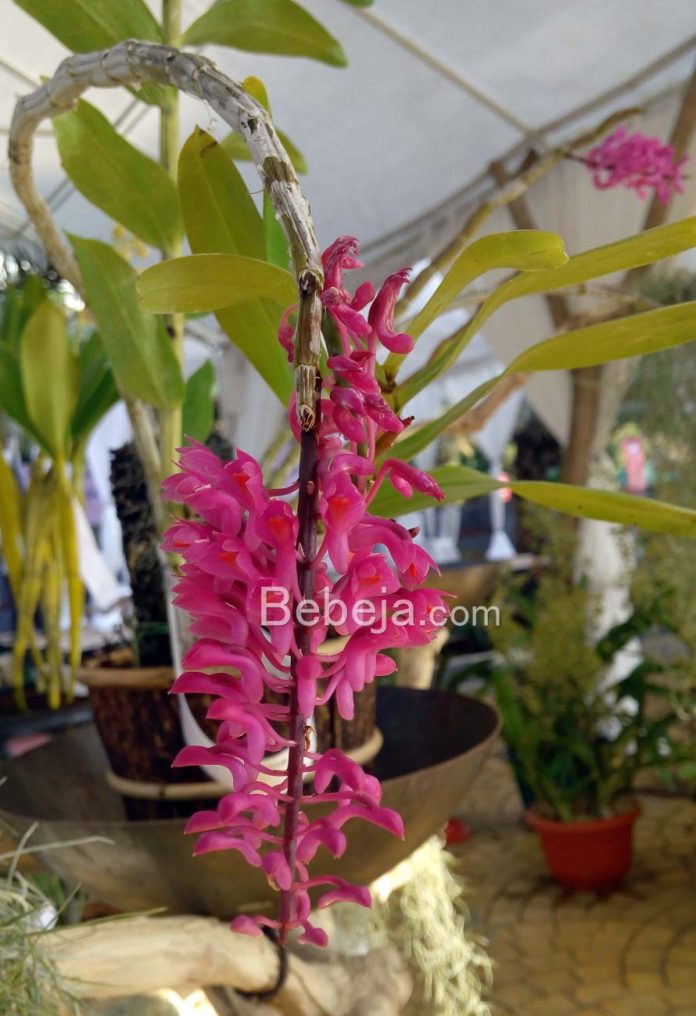Keiki serve as a method of vegetative propagation, meaning they possess the same genetic makeup as the parent plant. It is possible to generate keiki from aged dendrobium bulbs, although not all old bulbs have the potential to produce them.
The primary criterion for selection is choosing an old bulb that appears fresh with minimal wrinkles and contains bud eyes. Bud eyes can be found at the base, tip, and internode of the bulb. If the bud eye appears blackened, the plant is incapable of generating new shoots. Additionally, the base of the bulb should be inspected.
If it appears rotten, it should be removed. It is also advisable to avoid selecting old bulbs that have fresh flower stalks, as this indicates that the pseudo-stem has already bloomed, making keiki production more challenging. There are two methods to stimulate keikis from old bulbs.
The first involves injuring the main pseudo-bulb by directly cutting the old bulb and then allowing it to dry. As long as the bulb remains green, it will stay alive. Within approximately 2-3 weeks, the active buds’ eyes will swell, buds will emerge, and roots will grow from these buds. The bulb’s condition also impacts its ability to produce keikis.
If the bulb is plump and lacks significant wrinkles, multiple keiki can be generated. The emerging keiki buds produce incomplete early leaves that are small and scale-shaped. When the buds begin to emerge, the bulb should be held upright to ensure the keiki grows straight and facilitate easier planting.
Once the keiki have formed leaves, developed some roots, and are fully grown, they are ready to be separated from the mother plant. Multiple factors can influence keiki production in dendrobium orchids.
Applying a high-nitrogen fertilizer, particularly during the later stages of the growing season, can stimulate keiki production. It is recommended to use a potassium-rich or balanced fertilizer for all nativedendrobiums, including dendrobium orchids. Keiki is produced when growth hormones accumulate at a node on the cane or flower spike.
Additionally, keiki paste, which consists of concentrated growth hormones, can be applied to induce the artificial production of keiki at the node. To propagate dendrobium orchids from keikis, it is essential to wait until the keiki has at least three or four roots measuring approximately two inches in length, along with a few leaves.
Carefully cutting them off from the mother plant using a sterile knife or scissors is recommended, followed by potting them in a small container with fresh orchid mix. The keiki should be kept moist and shaded until they have established themselves in their new pots.
